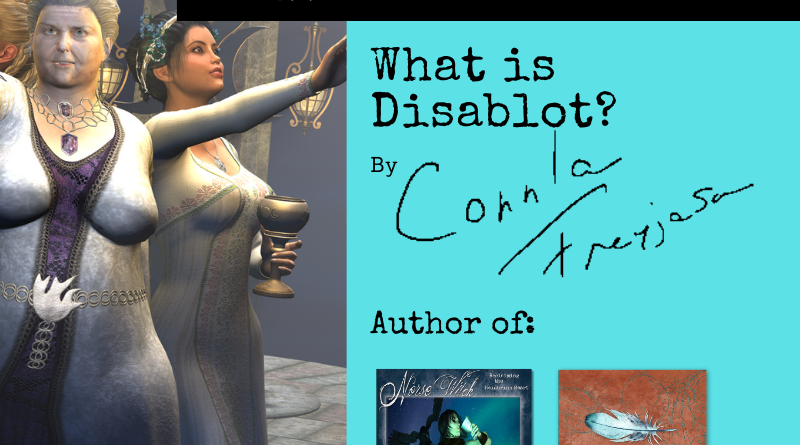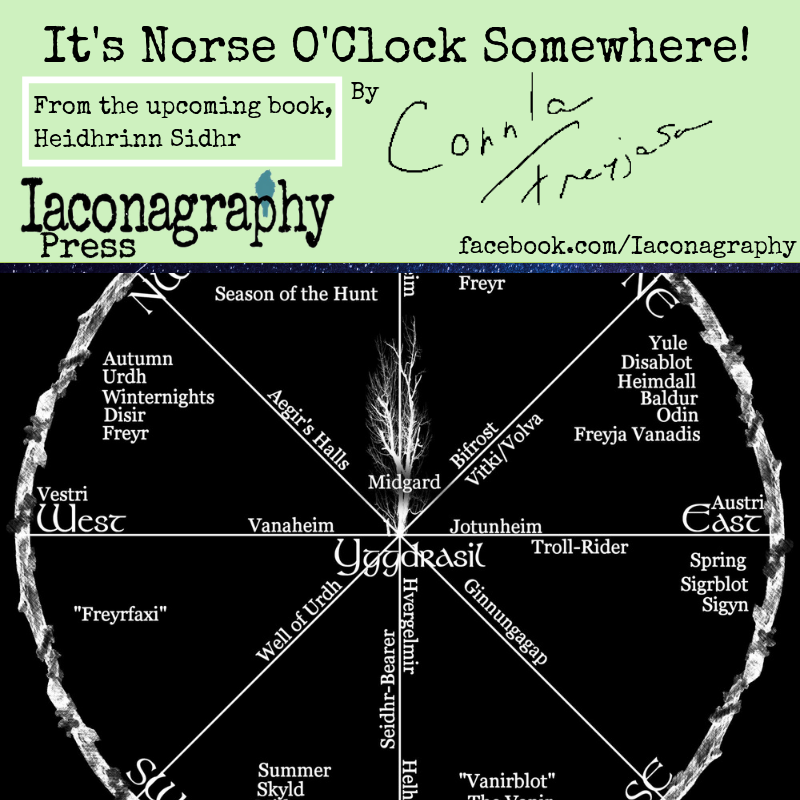What Is Disablot?

Disablot is a bit of an “odd duck”, in the grand scheme of “Pagan Wheels of the Year”, for it is a rare bird indeed: a non-agricultural holiday. We have a concrete date for Disablot, which is indeed a rare and special thing, when considering the history of Norse practice in Sweden (or anywhere else, for that matter). We know that the sun sets in a very specific position over the Thing Mound at Gamla Uppsala specifically on February 3rd. Rather than being any sort of agricultural observance, Disablot revolved around two very specific themes: Justice and Sovereignty. At this time, we know the Ancestors honored the Disir—Women of Power, both Ancestral and Divine—who were understood as the bestowers of Sovereignty, via hierogamy (from “heiros gamos”, literally: “holy marriage”). It was a time when people met for the Thing—the sacred assembly of Law and civil discussion and jurisdiction—as well as the time of year when rulership was either initially proclaimed, or supported and upheld via recurring ritual reenactment. In other words: it was the start of the communal social year. Even by our modern Gregorian Calendar, it is the first holiday of a new year, which makes it much easier to “wrap our brains around” than, say, Winternights, as the “start of the year”.
The main themes of Disablot, as I said, are Justice and Sovereignty: the fullveldi (“full power”; Self-empowerment; Self-Sovereignty) which I have discussed so many times in the past, and which we are all hopefully working to build and maintain on the daily. Once we’ve reached that central, empowered place in our lives, hopefully Justice is what will ensue: having “closed the distance” between our mind and heart (hjarta), and gained hjarta-vitr (“heart-wisdom”), that now becomes our guiding principle in life, in everything we say and everything we do. Disablot, then, becomes not only an opportunity to proclaim that “rulership”, but also a chance to celebrate, support, and uphold it, via ritual reenactment of that initial claiming. It also becomes an opportunity to take a good, long look at what we are doing in our lives, have done, and will do, and decide on the Justice (or not) of those actions, perhaps even taking active steps to put right those things or areas in which we are “falling short”. Therefore, a very important part of the observance of this holiday becomes the recognition of our place within the community. I’m not just talking about the “people you hang with”, or even the organizations to which you may or may not belong: I am talking about the ancient, ever-growing community that is made up not only of humankind, but also the Gods, the Ancestors, and the Invisible Population. Which is how hierogamy comes into play. Every single person has a mother: we all came from somewhere, and that somewhere was inevitably inside a woman. Paternity may be challenged, and, yes, mothers may walk away, leave us on doorsteps, or otherwise turn us away or turn us off, but when all is said and done, we have women to thank for our being here in these worlds in the first place. We also have a long and unending line of female Ancestors, Goddesses, and feminine incarnations within the Invisible Population (from Huldufolk to troll-wives) to thank as well. Women are the ultimate Creators in the truest and deepest sense of that word, and Disablot is a time for the celebration of that fact, particularly as it relates to our own Self-Sovereignty and Justice-bringing.
- Disablot
- February 1-9
- (February 3 marks the height, according to the sunset over the Thing Mound at Gamla Uppsala in Sweden)
- Thora: The Road East
- Sigyn
- Angrbodha
- Freyja Vanadis
- Hel
- Disir
- Female Ancestors
- Keynotes:
- Justice
- Feminine Empowerment
- Sovereignty
- Bringing things into being
- Preparing for manifestation
- February 1-9


